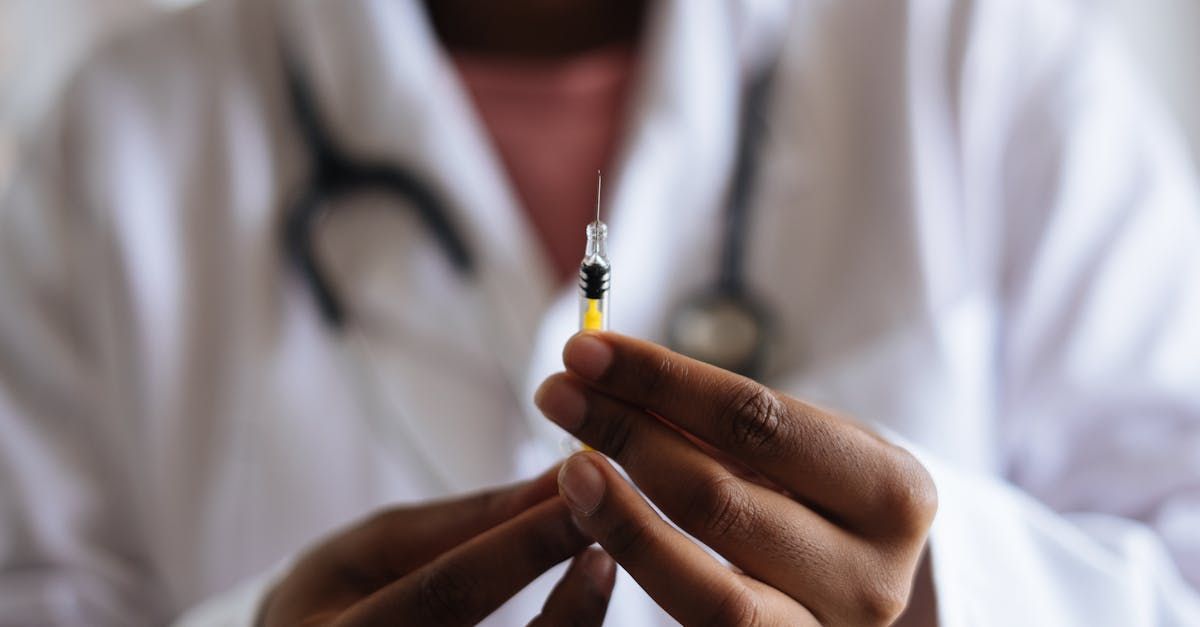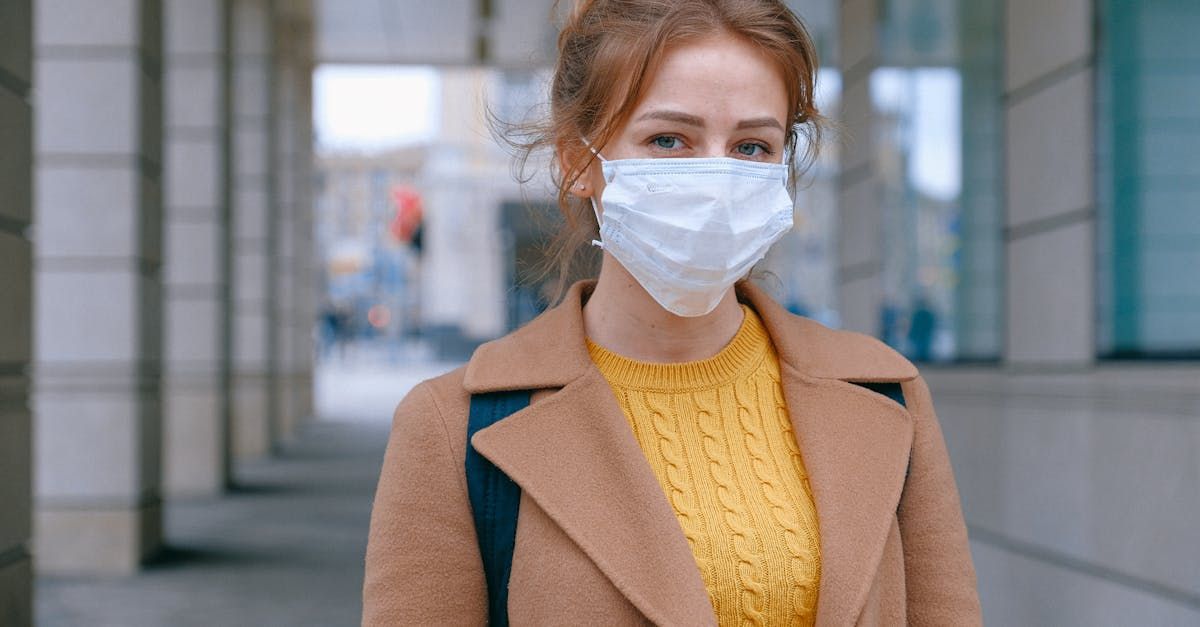By admin
•
October 5, 2021
Take a Look: Facts and fiction behind popular allergy myths. AND: How you can protect yourself— all year long. We are about to embark upon the fall allergy season in full swing. It is important to know the dos and don’ts regarding allergies and what is actually accurate information surrounding them. After reading an article entitled “8 common myths about allergies,” written by Alistair Gardiner, we wanted to share useful information to help you prepare for not only fall allergy season, but all year long as well. ALL ABOUT POLLEN A lot of people dread to see flowers bloom in the spring, but according to research, the trees in that season, grasses in the summer, weeds in the fall, and mold spores, which can occur anytime, but primarily in the fall and winter, are the predominant culprits of allergy producing symptoms. This can produce allergic rhinitis, known to many as hay fever, which consists of sneezing, nasal drainage, chronic sinusitis, itchy, watery eyes, as well as asthma with cough and wheezing. During the allergy seasons individuals with allergy syndrome can feel more tired and irritable. This is because these particular pollens are airborne and are more likely to be inhaled through the nose and cause these symptoms rather than flower pollens, which appear to be larger and have a sticker texture allowing them to adhere to insects and not be as prevalent in the air. The pollens of trees, grasses, weeds, and mold spores cause many symptoms that we see daily in our clinics. We recommend allergy immunotherapy, also known as allergy injections, for sick patients with multiple symptoms which test positive for these allergens either by skin or blood test. A new treatment that has been introduced and effective in helping allergy suffers are immunological modifiers known as biologicals. PROGRESSION OF ALLERGY Another misconception is that if one never developed allergies as a child, one won’t every have problems with them in the future. According to Dr. Neeta Ogden of the ACAAI, age is not a factor for when allergies can occur. “In fact, more than half of adults with food allergies tend to develop them during adulthood” (Gardiner, 2021). More and more adults in their early adulthood (20s and 30s) are beginning to develop allergy syndrome, according to an allergist, Edward David, III, MD (Gardiner, 2021). This is a very common finding in our practice, and many are indeed shocked to not only develop environmental and food allergies at this later age, but sometimes life-threatening ones as well. Next, we look at the question, do allergies last forever? Many think they never go away. For some, that may be the case. Some have symptoms that come and go over times, and some do eventually develop an immunity to them as they age or complete their treatment plan. Typically symptoms of allergy change from acute, to subacute, to chronic with fatigue their primary complaint. Where there are environmental allergies like ragweed pollen in the fall, there are almost always food allergies because of the cross reactions between the two. So, the ragweed pollen allergen cross react with gourd plants and while eating those and exposure in weeds can increase symptoms. Avoiding these reactive foods helps decrease allergy or other symptoms that they may cause, and patients may eventually be able to tolerate them with more ease. Mayo Clinic states that about 60-80% of children with milk and/or egg allergies may be able to eat these foods without problems by the time they reach sixteen years of age (Gardiner, 2021). However, there are occasions where this is not possible despite treatment and/or avoidance. It appears that certain tree nuts and shellfish may pose a different stance, and these may never be able to be consumed without problems. PET ALLERGIES Next, we will discuss one of the most sensitive topics in allergy, and that is pets. These beloved creatures can cause an array of problems for their owners if they are allergic to them. What is one specifically allergic to regarding pets? The most common misconception is the fur itself. Instead, it has nothing to do with the fur at all. It is the dander, which contains all sorts of allergens, such as saliva, skin flakes, urine, and a multitude of other pollens they pick up when they are outside (Gardiner, 2021). Also, many think there are hypoallergenic dogs or cats, but according to the AAAI, that is not true (Gardiner, 2021). Certain pets may cause more allergy symptoms in certain people than others, but this is not related to its fur or certain breeds specifically. If one would still like their furry friends around, some things to do are to groom them regularly and try to keep them out of one’s bedding to decrease exposure. FOOD ALLERGY The next topic at hand is finding the difference between food allergies and food intolerances. Are they the same? The answer is no. Food allergies illicit an “adverse immune response to certain proteins, which lead to dermatologic, respiratory, gastrointestinal, cardiovascular, and/or neurologic symptoms” (Gardiner, 2021). As mentioned earlier, some allergies can trigger a near fatal experience, also known as anaphylaxis, especially certain foods for certain individuals. Food intolerances do NOT provoke an immune response but involve reaction due to toxicity or lack of some enzymes to process foods like lactase (associated with lactose intolerance). To manage immunological reactions of food we recommend cooking or fermenting most foods since it tends to denature most proteins, making reactive foods more tolerable. In addition to avoidance of reactive foods, adding probiotics from fermented food, and adhering to a paleo diet may help to decrease symptoms and strengthen the immune system. This is an approach also used in our clinics with success. Last, but not least, let’s discuss peanuts. Many think this food causes the most severe reactions of all foods. It does for some, but not for others. This is all contingent on one’s immune system as to how it responds. “According to Food Allergy Research and Education, there are actually eight foods identified as causing the most serous reactions for people in the U.S.” (Gardiner, 2021). They are crustacean shellfish, eggs, peanuts, milk, wheat, tree nuts, soy, and fish (Gardiner, 2021). It is important to understand myths regarding allergies because it can help one to know how to better protect oneself against symptomatology and/or potential life-threatening experiences.









